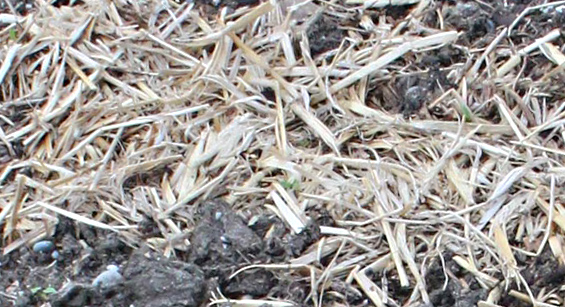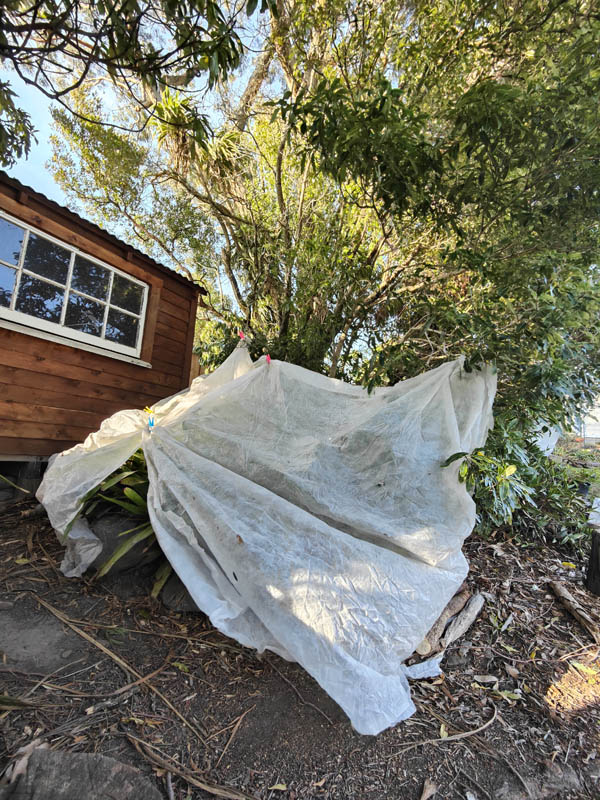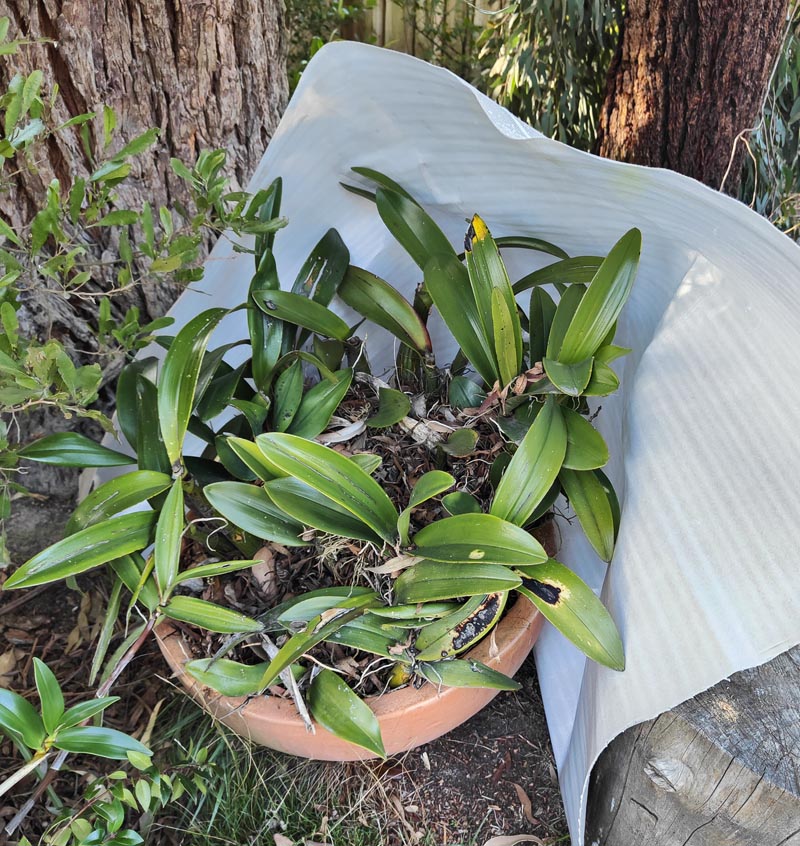Winter is a mere 2 weeks away and that means the coldest periods are very nigh indeed. Frost is –for some plant species– quite damaging.
Growth basically stops; Invertebrates tend to hibernate, and our birds will go through a hungry phase, frantically looking for something to eat.
Traditionally, many gardeners find ways to protect their plants and their soils; covering these is often the best way to keep everything intact.
Starting with Compost heaps: Drape tarpaulin over the top and keep it down with some bricks or heavy wood; alternatively: get some pea straw and put that over the compost (at least 10 cm thick).
 Pea straw. Photo / Supplied
Pea straw. Photo / Supplied
If you are in an area where frosts can be too much for, say, fruit trees such as citrus, then Mulching the root zone might be a good preventative action: Citrus are “surface-rooting” and hence do not like a low temperature, so it pays to keep them mulched. Bark, Compost, Chippered branches, Organic matter is useful; anything that suppresses the cold nights!
 Mulch for winter. Photo/ Supplied
Mulch for winter. Photo/ Supplied
Lemons and other citrus plants are currently developing fruits. Frost Cloth is often a good preventative cover that will make a few degrees difference. There’s even a “Liquid Frost cloth” that will protect plants up to a -3-degree frost. Spray this Liquid VaporGuard over the sensitive plants well before the evening, so that the wax can set.
In really bad frosts (more than –3 degrees) it pays to drape some material frost cloth over the shrub or tree as well. Extra Protection!
 Late frost. Photo / Supplied
Late frost. Photo / Supplied
Another way to protect your plants is by positioning them under an existing tree that keeps its leaves in winter. In our Port Hills Garden we are lucky to get very few frosts in winter – on a clear frosty night, the cold air will usually tumble down the hill, taking that damaging stuff away.
But if we are expecting a mean frosty night we simply position the sensitive, potted plants under the Eucalyptus trees.
 Frost cloth under a tree. Photo / Supplied
Frost cloth under a tree. Photo / Supplied
Planting sensitive plants under a good, covering tree will also help to make enough difference to keep them happy in winter.
 Dendrobium speciosum care in winter. Photo / Supplied
Dendrobium speciosum care in winter. Photo / Supplied
LISTEN ABOVE
Take your Radio, Podcasts and Music with you










